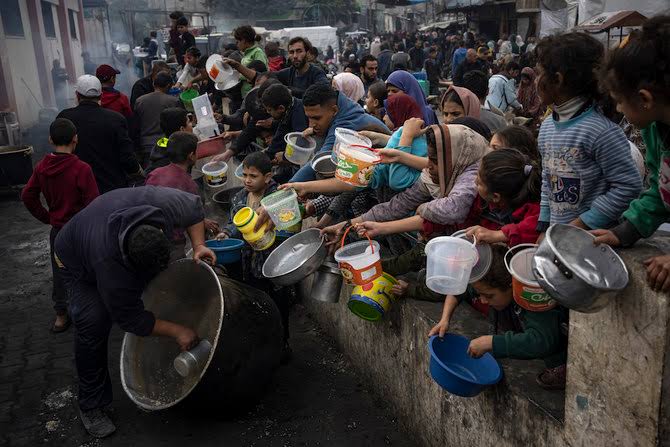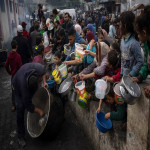The Integrated Food Security Phase Classification (IPC)—the global standard for assessing hunger emergencies—has officially declared that famine is occurring in Gaza City, marking a grim and historic moment. This confirms the fears that humanitarian organizations had long conveyed.
A Humanitarian Catastrophe in Numbers
- Over half a million people in Gaza are now experiencing catastrophic hunger (IPC Phase 5), characterized by widespread starvation, destitution, and preventable deaths.
- As of August 2025, 100% of Gaza’s population faces high levels of acute food insecurity, with 32% projected to be in IPC Phase 5—the most dire category—by the end of September.
Driving Forces Behind the Famine
The IPC points to a confluence of man-made causes:
- Prolonged conflict and displacement, uprooting nearly 2 million people multiple times.
- Severe restrictions on humanitarian access, blocking essential food and aid.
- Collapse of food systems, including destruction of cropland and agricultural infrastructure.
- Escalating malnutrition and hunger-related mortality, particularly among children and mothers.
UN and humanitarian leaders have described the famine as a “man-made disaster” and “a moral indictment.” UN Secretary-General Antonio Guterres emphasized that “famine is not only about food; it is the deliberate collapse of the systems needed for human survival.”
Despite these urgent warnings, food aid remains severely limited. The World Food Programme (WFP) reports that only about 100 aid trucks are entering Gaza daily, compared to the 600 trucks during previous ceasefires—an utterly inadequate scale.
Why It Matters
This is not a swirling humanitarian crisis somewhere distant—it is a disaster unfolding right now in Gaza City, with dire consequences for millions. Families are starving, and without immediate and sustained international action, the toll will only climb.




